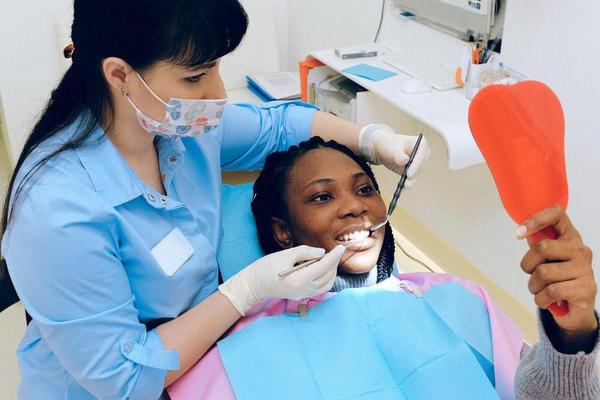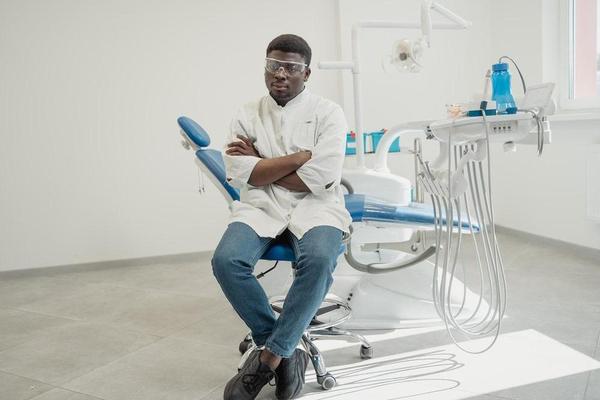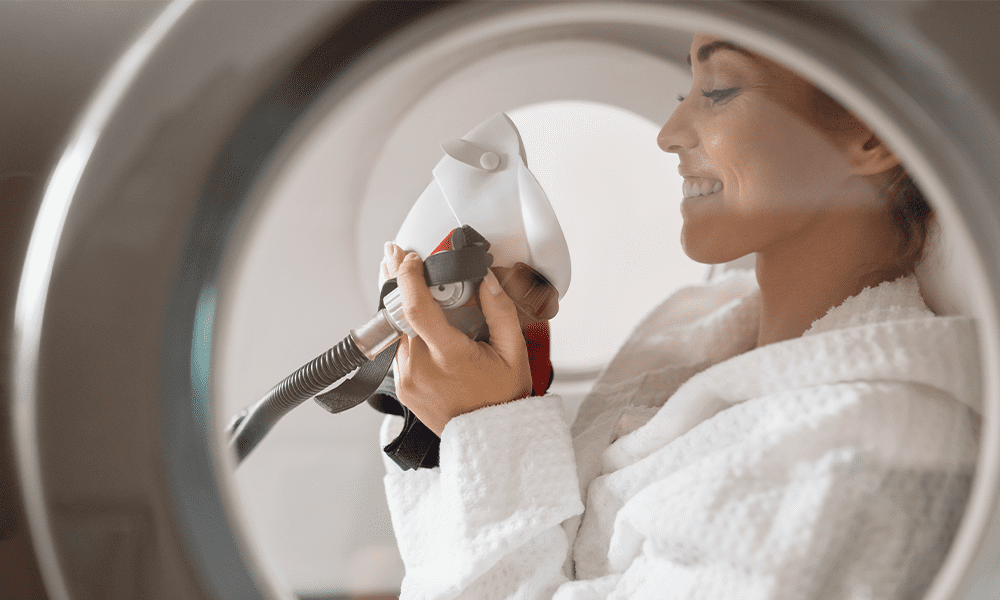In the realm of orthodontics, a revolution has been quietly unfolding, driven by the power of computing; it has transformed the way orthodontists work, and more importantly, it has changed the lives of millions of patients around the world.
Orthodontics, a subspecialty of dentistry that deals with the correction of misaligned teeth and jaws, has traditionally been a field that relied heavily on manual processes. From the initial diagnosis to the creation of treatment plans, everything was done by hand; this not only made the process time-consuming but also left room for human error.
Enter computing. With its ability to process vast amounts of data quickly and accurately, computing has turned the field of orthodontics on its head with new treatments like Invisalign in St John’s Wood.
The digital transformation
One of the most significant changes brought about by computing in orthodontics is the shift from analogue to digital. In the past, orthodontists had to rely on physical models and X-rays to diagnose and treat their patients. Today, they can use digital imaging technologies, such as 3D scanners and computer-aided design (CAD) software, to create precise digital models of a patient’s teeth and jaws.
These digital models offer several advantages over their physical counterparts. For one, they are much more accurate, allowing orthodontists to diagnose conditions with greater precision. They also make it easier for orthodontists to plan treatments and predict outcomes, leading to better results for patients.
The power of simulation
Another area where computing has made a significant impact is in the simulation of treatment outcomes. With the help of computer algorithms, orthodontists can now simulate the movement of teeth and predict how they will look after treatment. This not only helps them to create more effective treatment plans but also allows patients to see the results of treatment before they even start, giving them a clearer understanding of the process and its benefits.

The rise of personalised treatment
Perhaps one of the most exciting developments in orthodontics brought about by computing is the rise of personalised treatment. In the past, orthodontists had to use a one-size-fits-all approach when treating their patients. Today, thanks to computing, they can create personalised treatment plans that take into account the unique characteristics of each patient’s teeth and jaws.
Using advanced algorithms, orthodontists can analyse a patient’s digital model and determine the best course of treatment for them; this not only leads to better results but also makes the treatment process more comfortable and efficient for patients.
The future is here
The revolution of orthodontics through computing is far from over. With the advent of artificial intelligence and machine learning, we can expect to see even more exciting developments in the field. These technologies have the potential to further improve the accuracy of diagnoses and treatment plans, as well as to automate routine tasks, freeing up orthodontists to focus on more complex cases.
The era of remote monitoring
The integration of computing in orthodontics has also paved the way for remote monitoring of patients. With the use of digital tools and software, orthodontists can now track the progress of their patients’ treatment from afar; this has been particularly beneficial in times of social distancing and lockdowns, where physical visits to the clinic may not be possible. Patients can scan their teeth using smartphone apps, sending them to their orthodontists for review; this provides convenience for the patients and allows for timely intervention if any issues arise during the treatment.

The democratisation of orthodontic care
Computing has also played a significant role in democratising access to orthodontic care. With the advent of teledentistry, patients in remote areas who previously had limited access to orthodontic care can now receive high-quality treatment. Orthodontists can conduct virtual consultations, diagnose conditions, and even supervise treatments remotely. Furthermore, using machine learning algorithms can assist in automating the initial diagnosis process, making orthodontic care more accessible to a larger population. This democratisation of care is a significant step forward in ensuring everyone, regardless of their location or circumstances, has the opportunity to achieve a healthy, beautiful smile.
The TL:DR
In the grand scheme of things, the revolution of orthodontics through computing is just beginning. The future promises even more advancements, with the potential to make orthodontic care more precise, personalised, and accessible than ever before. It has transformed how orthodontists work, improved the quality of care for patients, and opened up new possibilities for the future. As we continue to explore the potential of computing in orthodontics, one thing is clear: the smile of the future will be shaped by the power of computing.



